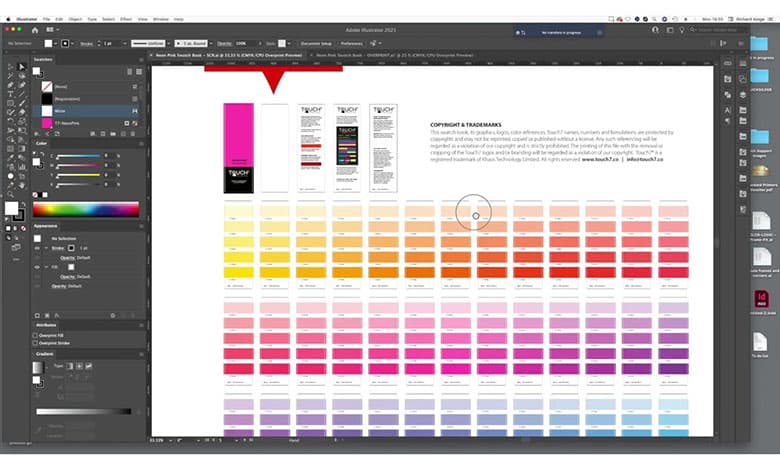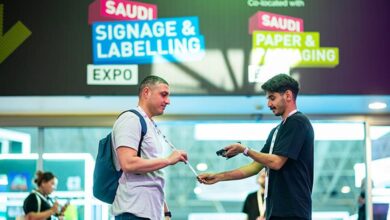Touch7 to Debut Revolutionary Neon Color System at drupa 2024

Touch7, founded and developed by Richard Ainge as a trailblazer in colour separation and enhancement solutions, will debut its groundbreaking Touch7 Neon Color System at drupa 2024, the world’s leading trade fair for printing technologies.
Attendees can experience the future of colour reproduction firsthand on the Ricoh stand in Hall 8A, where Touch7 will showcase its latest innovation designed to revolutionize the printing industry. Touch7 is compatible with Ricoh neon pink and yellow inks on their new Ricoh Pro C7500. At drupa 2024, attendees will see Touch7 expanded gamut and pastel colours utilizing these inks for vector colours. The Touch7 system also includes the Touch7 Photo Neon Plugin for PhotoShop, which adds neon inks into images with just one mouse click, with no manual masking.
The Touch7 Neon Color System is the first and only accurate colour system for neon/fluorescent colours for digital and conventional printing. Anyone printing with neon or fluorescent inks or toners can use Touch7. Unlike current neon colour systems – which do not take into separate account the paper/substrate, inks, press conditions, and coatings – the Touch7 system enables printers to produce their own swatch books on their own press. This eliminates the traditional trial and error where designers and printers try to match colours that are not possible or do not take advantage of the gamut their press or printer provides.
Mark Geeves, Director of Sales & Marketing and Co-founder, Color-Logic Inc., the exclusive distributor of Touch7, says about the introduction: “At drupa 2024, Touch7 is proud to introduce our Neon Color System, empowering printers and designers to push the boundaries of colour and creativity. Neon and pastel colours offer new opportunities for printers and graphic designers to help make their brand clients stand out from their competition. Touch7 will let printers with digital presses show marketers what can really be done with digital inks. It is no longer necessary to make digital presses simulate conventional printing processes.”





